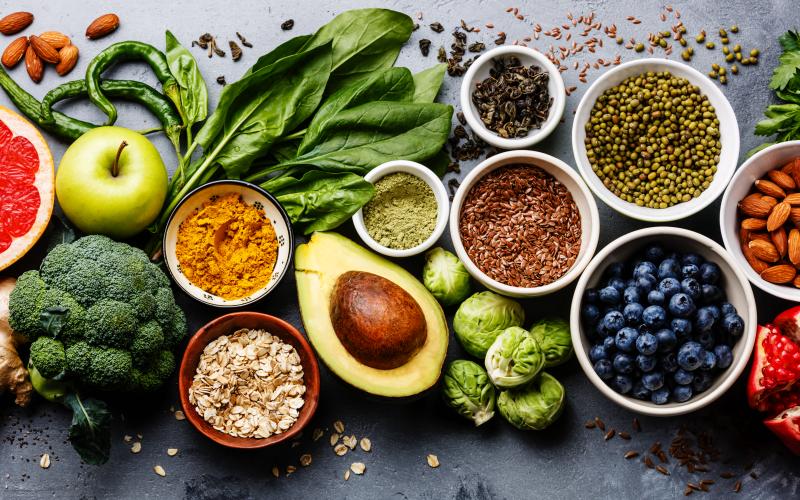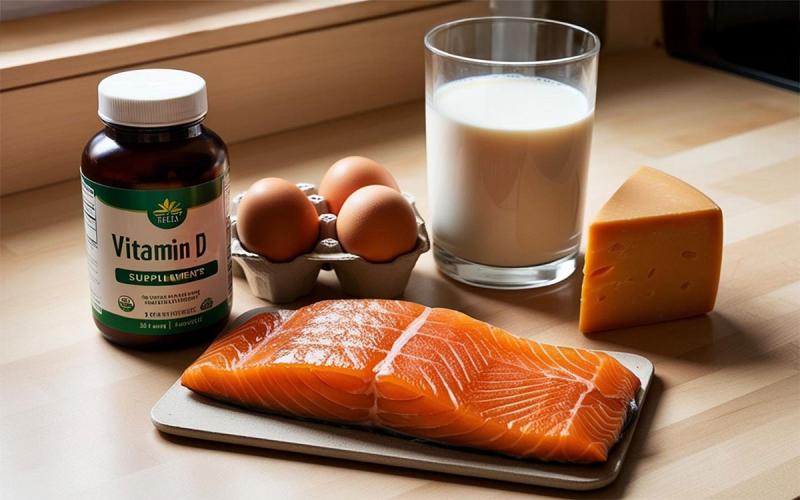
Written collaboratively by Anna Tvedt, SDSU Extension Nutrition Field Specialist; and Megan Erickson, former SDSU Extension Nutrition Field Specialist.
With an abundance of different beverage products on the market, calorie intake from beverages has nearly doubled since the 1960s. According the 2020-2025 Dietary Guidelines, beverages account for 35% of all added sugars consumed by the American population. Consuming excess sugar may result in unwanted weight gain, risk of developing chronic diseases (such as diabetes and heart disease), and poor dental health. Bacteria thrive in the presence of sugar, so regular consumption of sugar-sweetened beverages greatly increases the risk of developing cavities.
How much added sugar is okay?
Sugary beverages do not have be eliminated completely. Certainly, they can be an enjoyable part of your diet and, sometimes, even provide function, such as with athletic performance or in response to hypoglycemia. The 2020 to 2025 Dietary Guidelines for Americans recommend less than 10% of calories per day come from added sugars for all people two years and older. This includes both foods and beverages and is an upper limit, not a recommended intake. The American Heart Association has a stricter recommendation of no more than 6% of daily calories from added sugar.
Take the following example. An adult female requires approximately 2,000 calories per day. Ten percent would be 200 calories. Since sugar provides four calories per gram, this equates to up to 50 grams of added sugar per day. The following graphic is a reference for how much sugar is in common sugar-sweetened beverages.

Choosing Healthier Drinks
You can see how quickly sugary beverages can reach the 10% of daily calories threshold. Try the following tips to choose a healthier alternative.

- Understand nutrition facts labels.
Reading and comprehending the information on a nutrition facts label is crucial to knowing what you are putting into your body. View our article, Let’s Break Down the Nutrition Facts Label, for more information. The ingredient list is also important. Sweeteners that add calories to a beverage are not always obvious, as they go by many different names. High-fructose corn syrup, corn syrup, fructose, sucrose, and dextrose are just a few of the most-common caloric sweeteners. - Try a nutritious alternative.
Fat-free and low-fat milk and 100% juices are also good alternatives to your typical sugar-sweetened beverages. They are not only delicious, but also provide key nutrients and have zero added sugars. - Stay hydrated with water.
Water is one of the body’s most-essential nutrients, so staying hydrated plays an important part in staying healthy. Carry a water bottle around and refill it throughout the day. Staying hydrated may curb the craving to indulge in a high-calorie, high-sugar beverage. - Add flavor.
Add flavor to beverages with flavored water, tea, 100% juice, or fruits to make it more appealing. Sliced whole fruits like lemons, oranges, and other citrus fruits are great additions. Berries and other juicy fruits are good too. Try adding protein powder (without added sugar) or cocoa powder to coffee or milk. - Go for carbonation.
A common draw to soda is the mouthfeel of carbonation. Try swapping soda for carbonated flavored water. Consider mixing 100% juice with carbonated water for a fruity and bubbly beverage. - Choose the low-calorie option.
Opting for the lower-calorie version of your favorite beverage can cut calorie and sugar intake nearly in half—or more! While low- or no-calorie sweeteners may help regulate calorie intake and blood sugar, research is not clear on their impacts to other dimensions of physical health, especially longterm.
References
- 2020-2025 Dietary Guidelines.
- Centers for Disease Control and Prevention. Rethink Your Drink.
- American Heart Association. Added Sugars.


